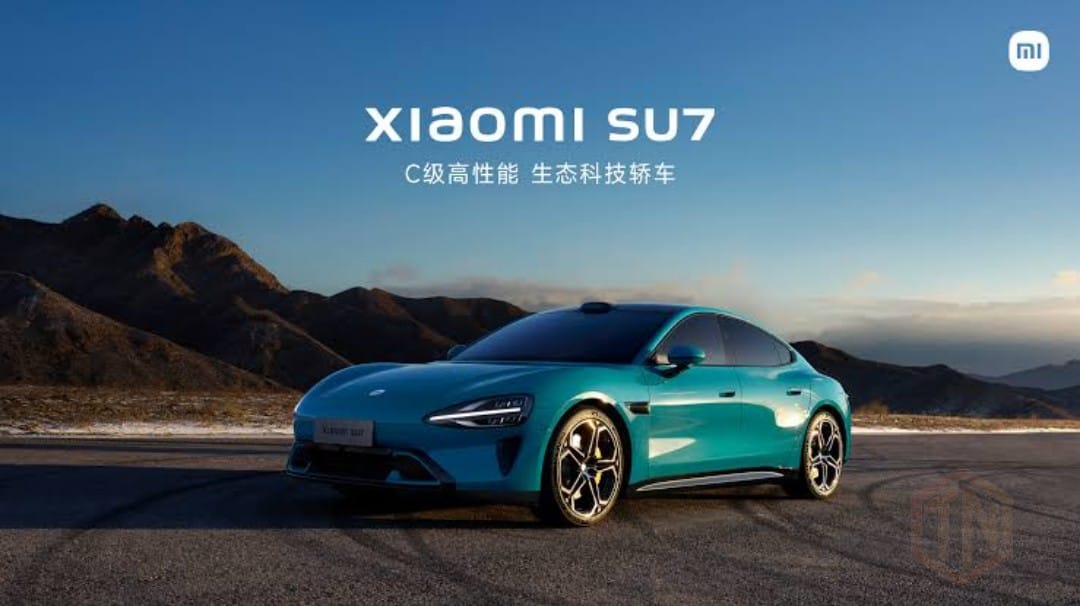
In a bold step towards technological innovation and market growth, Xiaomi Corporation has announced aggressive plans to attain a 30% growth in 2025. This forecast is based on the company's strategic forays into the electric vehicle (EV) space and the Artificial Intelligence of Things (AIoT) segment, marking a turning point in Xiaomi's business path.
Table of Contents
Accelerating Electric Vehicle Production
Xiaomi's foray into the EV market has been marked by remarkable milestones. In 2024, the company surpassed expectations by delivering 135,000 units of its inaugural electric sedan, the SU7. This achievement prompted a revision of the 2025 delivery target to an ambitious 300,000 units, reflecting a 122% increase from the previous year. The SU7's competitive pricing, starting below $30,000, has positioned it favorably against rivals like Tesla's Model 3 in the Chinese market. To meet the burgeoning demand, Xiaomi has doubled its production shifts and is expanding its manufacturing facilities, aiming to enhance its monthly production capacity to 20,000 vehicles.
Pioneering AIoT Innovations
Beyond the automotive sector, Xiaomi is intensifying its focus on the AIoT landscape. The upcoming flagship smartphone, the XM 15, is poised to be the first device equipped with Qualcomm's advanced AI-specialized System on Chip (SoC), the Snapdragon 8 Gen4. Analysts project that the XM 15 series will witness a 30% surge in shipments compared to its predecessor, the XM 14 series. This advancement is anticipated to position Xiaomi advantageously for the AI-driven smartphone replacement cycle anticipated in 2025. Additionally, the AIoT segment is expected to experience improved gross margins, rising from 21.0% in FY2024 to 23.2% by FY2026, largely due to cost efficiencies achieved by transitioning from an original design manufacturer (ODM) model to in-house production.
Strategic Financial Outlook
Financial institutions have taken note of Xiaomi's strategic direction. Morgan Stanley, for instance, has elevated its price target for Xiaomi's stock to HK$45 from the previous HK$35, maintaining an "Overweight" rating. This optimistic outlook is attributed to the robust growth in Xiaomi's EV and AIoT divisions. The company's direct-to-consumer sales model has also proven effective, with reports indicating that 30% of SU7 buyers placed orders online without prior test drives. This consumer confidence underscores the brand's strong market presence and the appeal of its product offerings.
Challenges and Future Prospects
Despite the positive momentum, Xiaomi's automotive division reported an adjusted loss of 1.5 billion yuan in the third quarter of 2024, with a gross profit margin of 17.1%. This highlights the substantial investments in research and development, particularly in autonomous driving technologies, and the ongoing expansion of manufacturing capabilities. However, with the EV market in China experiencing rapid growth—battery-powered and plug-in hybrid vehicles now accounting for over half of total vehicle sales the potential for Xiaomi's continued expansion in this sector remains promising.
In summary, Xiaomi's projected 30% growth in 2025 is a testament to its strategic diversification and commitment to innovation. By capitalizing on emerging trends in the EV and AIoT sectors, the company is poised to strengthen its market position and deliver enhanced value to its stakeholders.



Leave a Reply